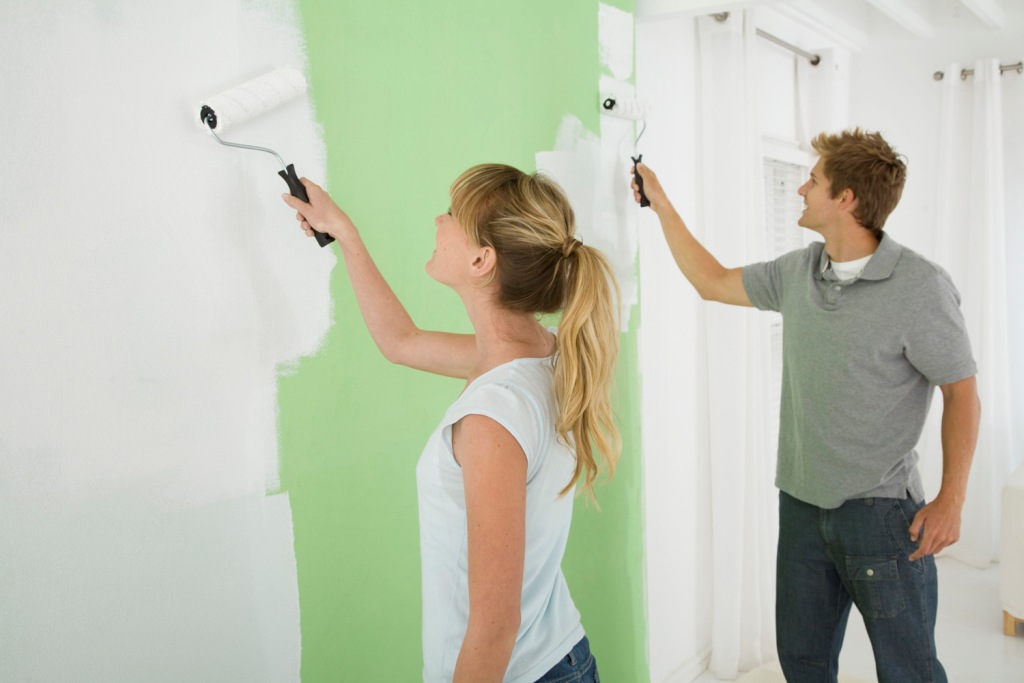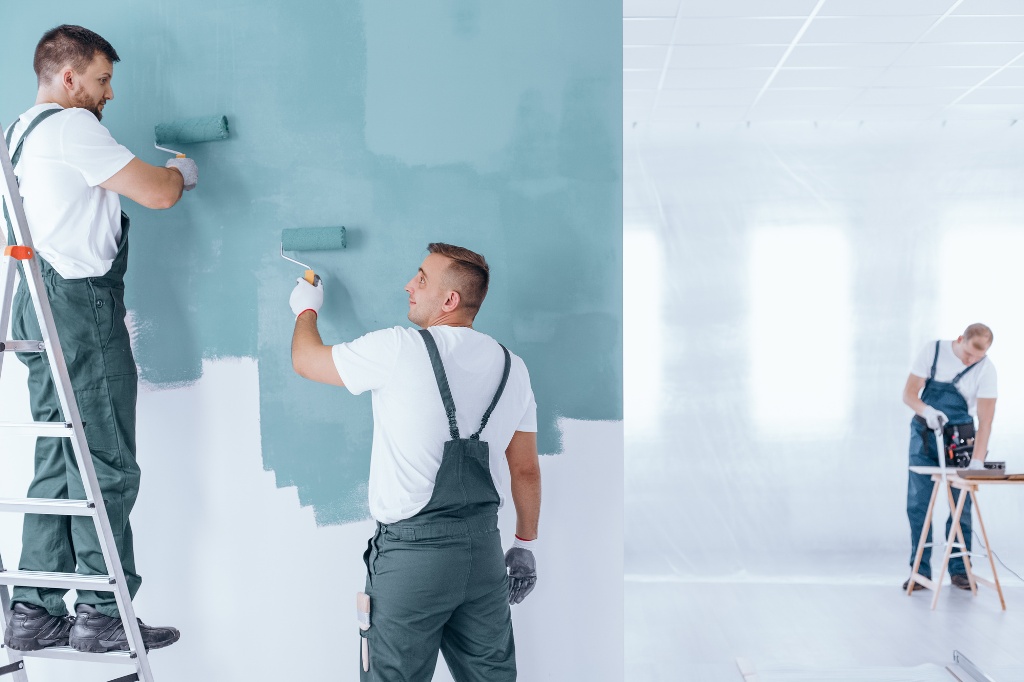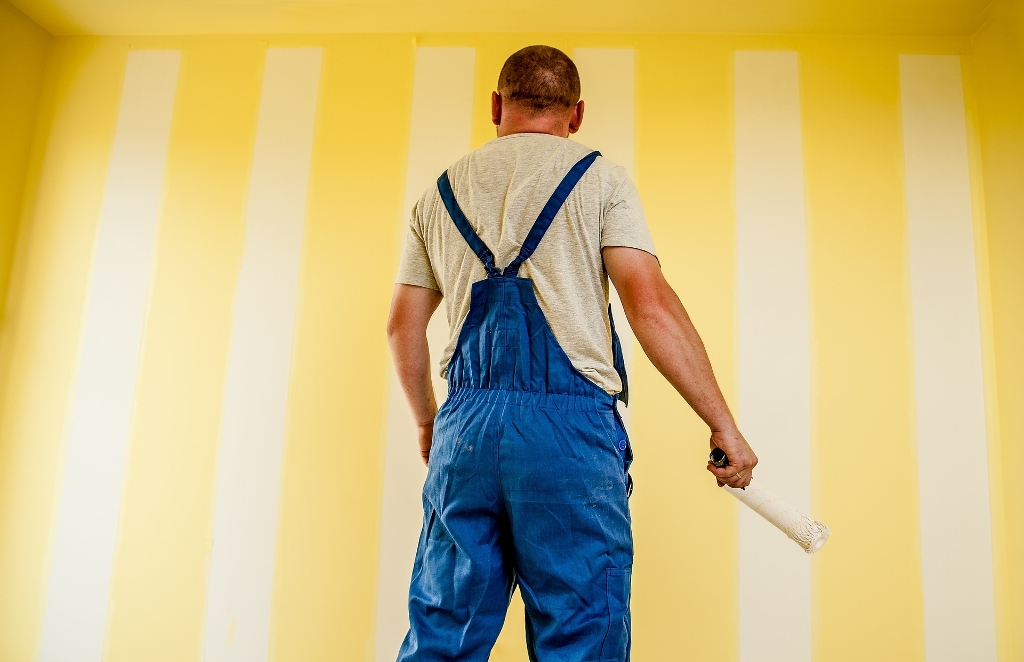Painting is considered to be a better way to breathe new life into your house. Painting is the expression of ideas and feelings by creating aesthetic qualities in a two-dimensional visual language.
This post is meant to ensure that you have an error-free paint application. The next time you’re applying that gorgeous new paint to your house, avoid these seven mistakes.
1. Improper Preparation
This is a common mistake that painters make: failure to prepare the walls. Be sure to scrape away any old, peeling paint, then clean the walls thoroughly.
In case of an indoor project, ensure you vacuum around your baseboards. For exterior painting, clear away debris and trim back any branches or bushes.

Apart from cleaning your painting surfaces, you should assess the quality of the surface. For instance, you can’t expect good results if you are painting a rusty metal surface.
2. Failure to Use Painters Tape
Why should you use a painter’s tape? The tape ensures you have crisp edges and that you have excellent results.
It is called painters tape for a reason; it’s the best tool for the job. It has been noted that the use of other tapes such as masking tape leads to low quality, messy results.
Here is how to use a painters tape:
- Ensure that your tape is straight.
- Remove the tape before the paint dries completely.
- Seal the tape tightly along the surface.
3. Failure to Hire Professional Painters
Most homeowners fail to realize that the painting job is better suited for professional house painters. Don’t let your love for home projects or pride stop you from hiring professionals to help in your painting work.
4. Failure to Protect the Rest of the House
You should make sure your entire workspace is covered before you open the first paint can. It is easier for the paint to spill to the places you don’t intend to paint. So be sure to cover areas you’re not painting to protect them against drops, spills, and spray. If you are painting your home interior, be sure to protect your workplace and electronics.

Consider this checklist for prep work:
- Move all your furniture.
- Remove light fixtures and electronics.
- Cover the floor using a drop cloth and seal the edges with a tape where necessary.
- Consider moving pets and kids.
5. Forgetting Primer
A primer is meant to prepare the surface to allow the paint to stick more easily and evenly. The primer will also help bring out the true color of your paint. Primer is the key to a beautiful, flawless finish.
Some paints come as two-in-one paint and a primer makes this step much simpler. But this option works well for surfaces that were already painted in the past. If you’re painting a brand new surface, first apply the traditional primer.
6. Choosing the Wrong Paint
What factors should you consider when choosing a paint? There are three main factors: color, quantity, and type.
Type
You should be aware that paint to use will depend on the space you are painting, the item to be painted, and the surface you are covering. For instance, paint meant for an interior project will be different from an outdoor paint. For high humidity areas such as the bathroom and kitchen, you’ll need a moisture-resistant paint.
Ensure you use the right paint to avoid issues like cracking of the surfaces, which will affect your expected results.
Color
Nothing is frustrating like choosing the wrong paint color for your house. Sometimes you can choose a color based on the color chip, but once you apply it on your walls, the results are not as you expected.
To avoid this, bring a small paint sample and test it on your wall.
Quantity
Before the painting work commences, calculate how many gallons of paint you need to complete the work. This will ensure the paintwork run continuously without stopping to pick up more paint from the store.
Plus, when you mix the colored paint at different times, the color will be different.
7. Use of Poor-Quality Brushes

For a good paint application, use a high-quality brush. It will ensure that the paint is applied better and quicker and no brush bristles will be stuck to the wall.
Be sure to use the right brush for your paint. For instance, for latex-based paints, opt for a brush with synthetic bristles. For oil-based paint, consider the use of a natural bristle brush.
For high-quality work, be sure to have a wide variety of brush sizes and styles.






